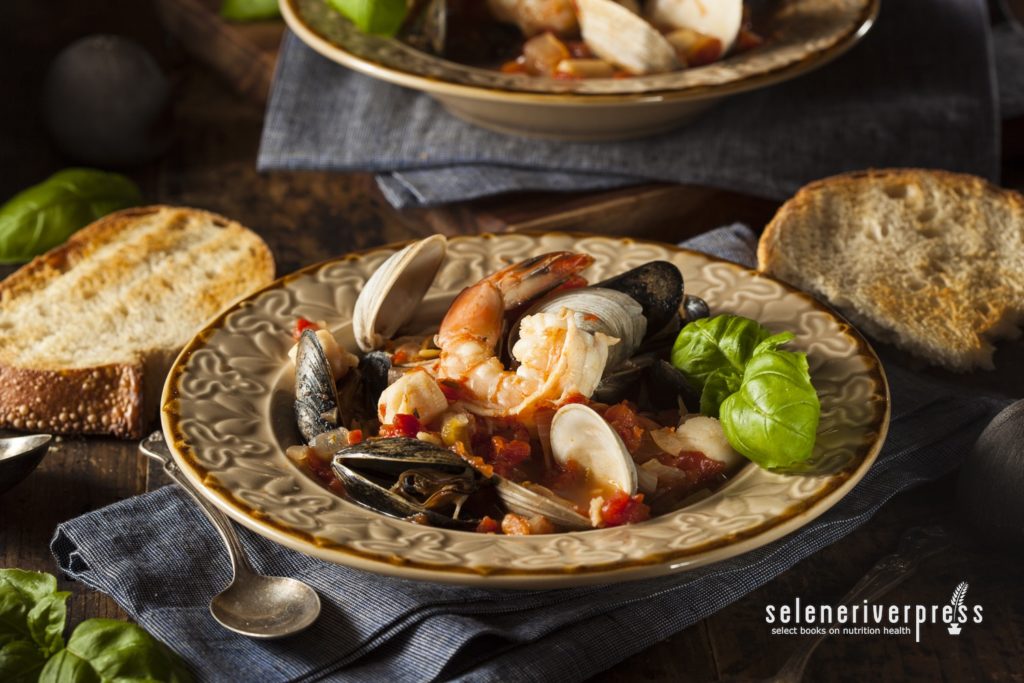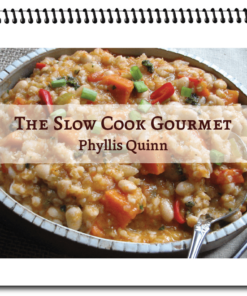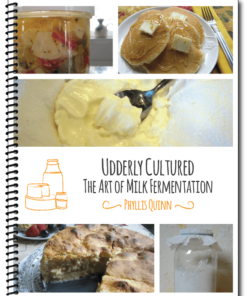Ask Check Phyllis
It’s been a long time since I’ve done anything with chickpeas. But last week at a party, the hostess served not only hummus as the appetizer but also a chickpea soup. She said was an old seafood recipe from Tuscany. Can you shed some info on this delicious soup? It was a little like pasta e fagioli, which I know well.
—Annalisa from Des Moines, Iowa
Recipes abound from the twenty distinct regions of Italy, including the famous seafood e ceci, which originated in the neighboring northern regions of Tuscany, Piedmont, and Liguria. In fact, the traditional preparation for this and many other dishes can often lead to heated arguments, which I understand is common in Italy.
I recently tried another regional specialty, la farinata, a crepe-like disc made from flavored and fermented chickpeas. It’s baked in a pizza oven at 800°F and served in bakeshops and pizzerias everywhere from Nice, France, to Genoa, Italy—but you better not snooze too late because it sells out before noon each day. I’ve been researching fermented foods lately, and as I’ve never seen recipes for fermented chickpeas, I’m looking at this one with great enthusiasm.
The French and Italian Riviera share a border with the Mediterranean Sea, so it’s no surprise that the daily markets in these provinces are full of seafood and fish. You’ll also find plenty of young, tender vegetables…no Italian housewife would put up with anything less. When I visited, everything I ate was so fresh, even the basil from potted plants that graced many a dining room table. The shrimp, sardines, mussels, clams, and calamari are all caught that morning, and they make the main ingredients in this rather quick seafood soup.
I had the opportunity to attend a fish soup dinner at the home of the Imperia’s representative (equivalent to our congressman), who also owns a yacht. They served a dish called Pasta a la Garibaldi along with local cheeses and wine from Italy’s unification days. How divine! (But that, as you know I am fond of saying, is the makings of yet another post.)
Seafood Stew, or Zuppa ai Frutti di Mare
This is an authentic preparation for Italian seafood stew, which I’m sure you’ll enjoy. Serves 5 generously.
Ingredients
2 lbs. mussels and clams (if available)
5 small (about 3 inches) fresh sardines
6 tablespoons olive oil
3 tablespoons butter
1 medium onion, diced
3 cloves garlic, diced
2 (15 oz.) cans Italian diced tomatoes
½ lb. calamari, sliced into ½-inch circles
½ lb. shrimp, cleaned
1 small chili pepper or 1 teaspoon red pepper flakes
½–¾ cup white wine
2 cans chickpeas, rinsed and drained
Sea salt and black pepper to taste
Fresh basil
Homemade bread (optional, but nice)
Instructions
- Carefully scrub the mussels and clams. Drain them and place in a large frying pan with a little oil. Shake the pan over medium heat until they open (discard any that don’t). Transfer to your fish bowl.
- Add fresh sardines to the same frying pan and fry until slightly brown on each side. Add to fish bowl
- Melt olive oil and butter in large pot over medium heat. Sauté onion and garlic. Add tomatoes and cook 5 minutes, stirring often. Add calamari and shrimp to the pot, then add the chili pepper. Add salt and pepper to taste.
- Add contents of fish bowl to the pot, then drained chickpeas and wine. Cover and allow flavors to meld for at least 10 minutes.
- Toast homemade bread (if desired, rub each slice with fresh garlic). To serve, place a slice of toast in the bottom of a large, wide bowl. Ladle soup over the bread. Serve immediately with fresh basil and extra grated Pecorino (sheep cheese) at the table.
Image from iStock/bhofack2.





